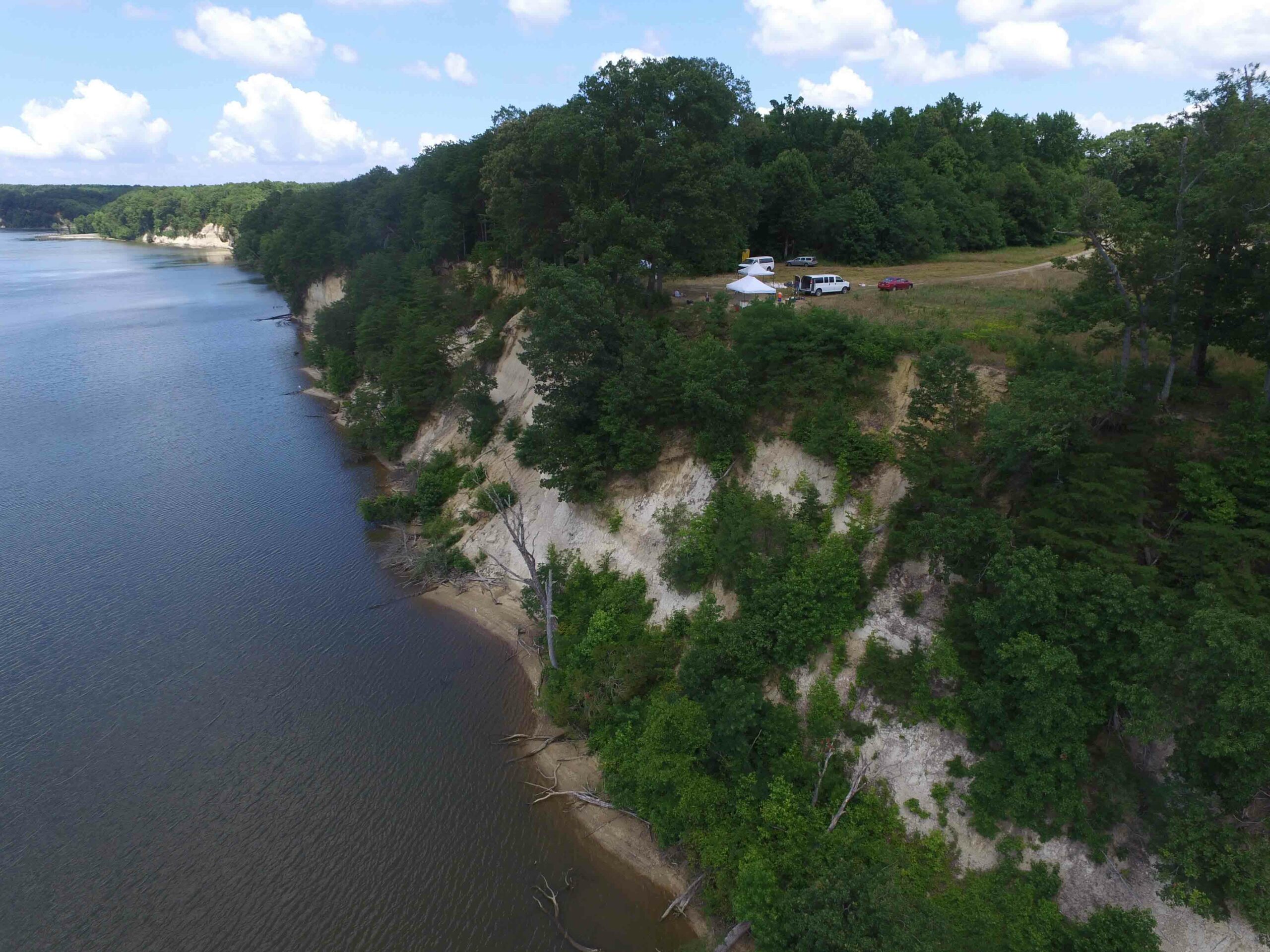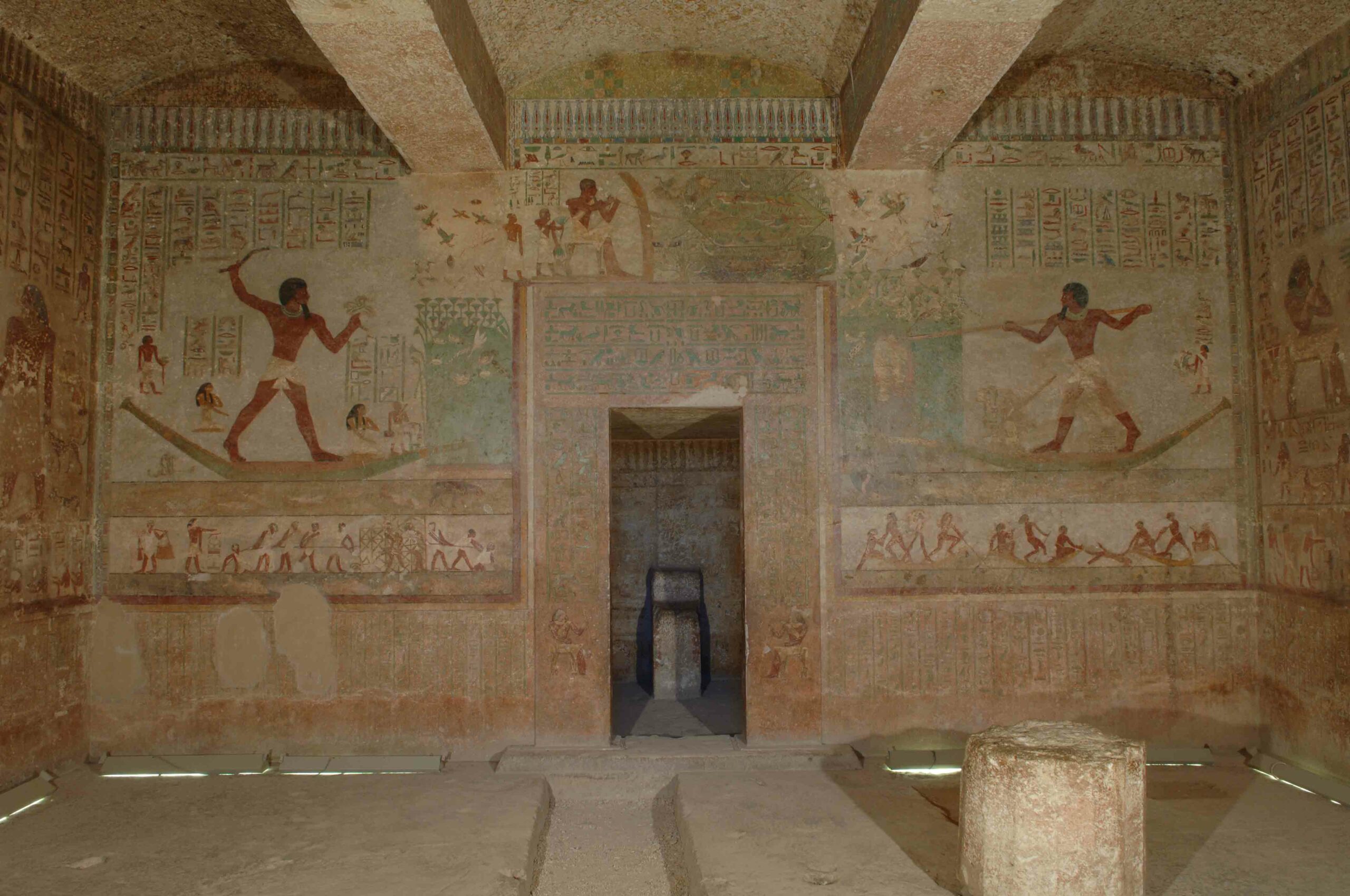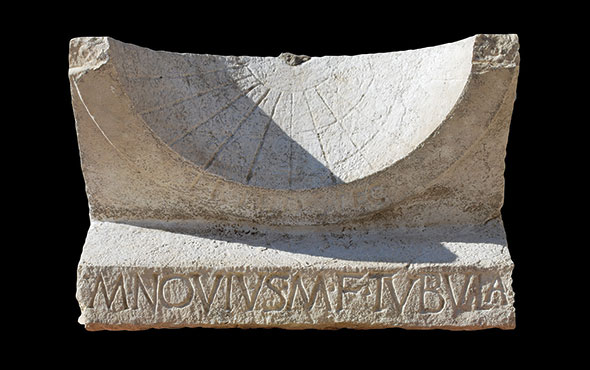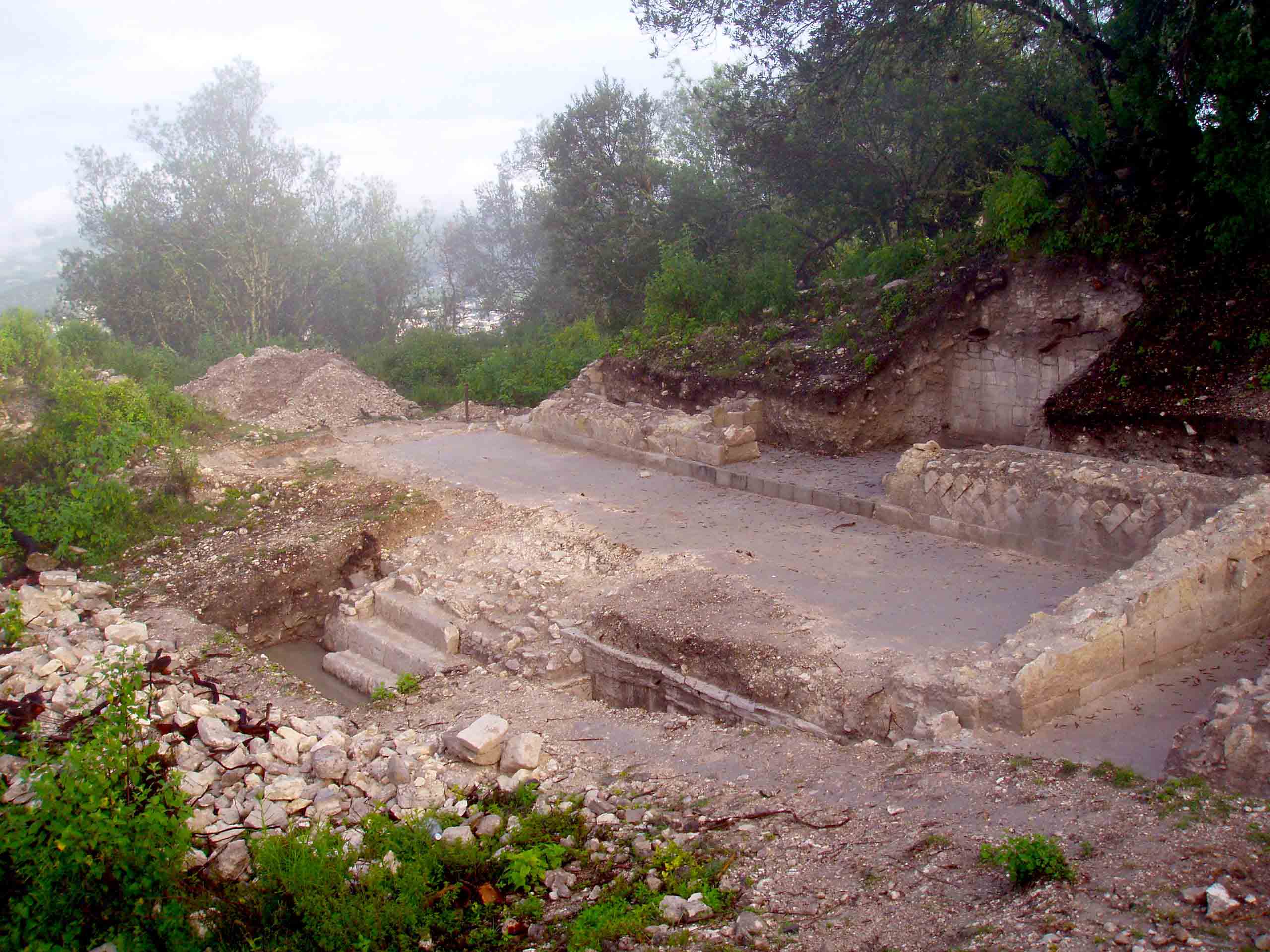
JAMESTOWN, VIRGINIA—The Williamsburg Yorktown Daily reports that a cellar has been found under the current church building at James Fort. The building now standing at the site was constructed in 1906, but historic records indicate the first brick church was constructed in 1617. “This [cellar] we assume has to be pretty darn early because it’s already been abandoned and backfilled prior to 1617,” said archaeologist Danny Schmidt of Jamestown Rediscovery. He thinks a different type of building stood on the site, located outside the fort’s original walls, between 1608, when the fort was expanded, and 1617. The fill in the cellar contained the colony’s trash items, such as scrap copper, a dagger hilt, oyster shells, gun parts, eggshells, glass beads, pipe fragments, and a Harington Farthing—a small copper coin. Archaeologists note that the cellar fill had been disturbed by the burials of the dead under the church floor, and by the construction of the current church. The researchers now know that the unusual artifacts described by the archaeologists who investigated the church’s burials in the early 1900s were trash items from the cellar. To read about other recent work at Jamestown, go to “Knight Watch.”










